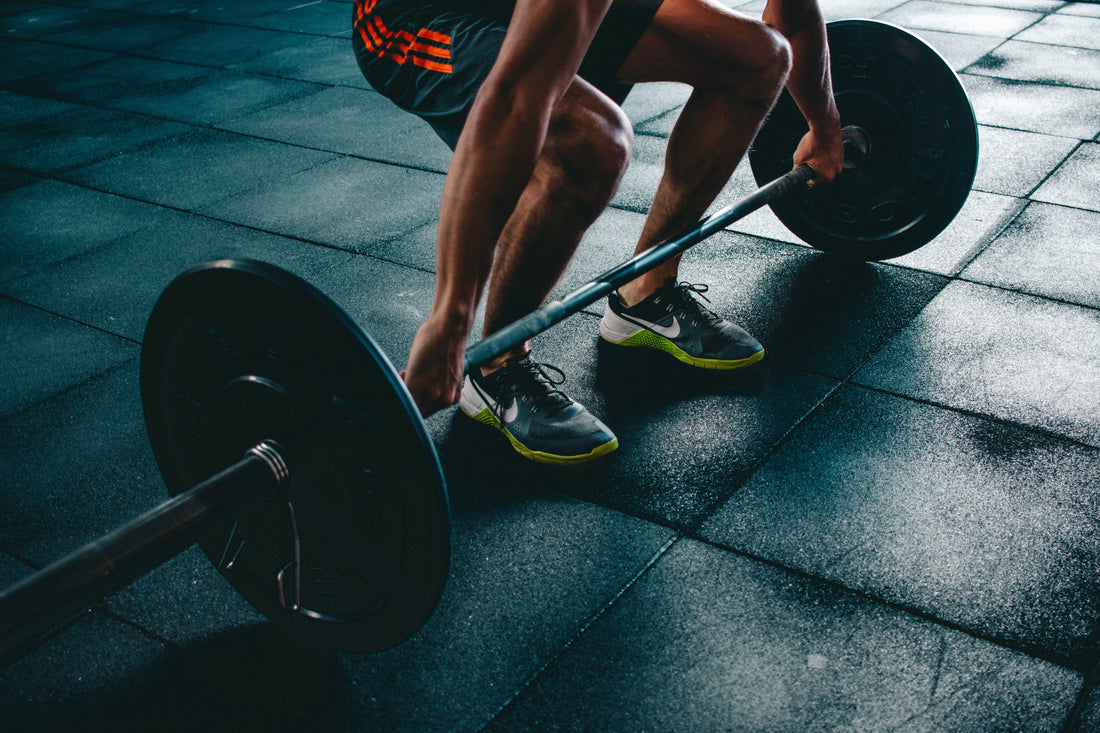
5 Workout Tips every Snowboarder Should consider & why.
Share
The snowboarding season is upon us! And this means that all of us are dusting off our boards and getting ready to hit the slopes. However, if you want to be the best rider on the mountain, you will want to get in shape before hitting the slopes. Here are a few tips for doing just that:
A snowboarder with strong quads, calves, and a strong core is a better snowboarder.
As a snowboarder, you constantly work to find the perfect balance between power and stability. Your legs and core provide this balance—the foundation of your ability to manoeuver the board. The stronger your quads and calves are, the more power they can generate while pushing off jumps or riding steep faces. Strong lower body muscles will also help maintain balance on tricky terrain.
Your core muscles are essential in helping you maintain stability on your board and stabilising it when performing tricks such as ollies or pressing off rails. The best way to improve strength in these areas is by doing targeted exercises such as squats with weights (for quads) or planks (for abs).
The stronger the core, the better the body will retain balance and stability, which translates into better manoeuvrability, strength, power and stability on your board.
The stronger the core, the better your body will retain balance and stability. This translates into better manoeuvrability, strength, power and stability on your board. A strong core is also essential for absorbing impacts from jumps and falls - especially if you've taken a few spills in your day.
A strong core is necessary for any activity involving movement or balance. You use your abdominal muscles every time you move or sit up, whether walking downstairs or lifting boxes at work. Your lower back muscles are used when bending over to tie your shoes or picking up children off the floor.
The best way to build this type of muscle mass is through exercise: specifically, yoga poses (called asanas) that focus on strengthening these areas while simultaneously improving flexibility throughout the rest of your body as well as increasing overall body awareness (mental conditioning). It's worth noting that most people have no idea how much strain their backs take during daily activities until they start practicing yoga regularly!
When you train your legs and core correctly, you add explosive power to your movements and help prevent injuries.
When you train your legs and core correctly, you add explosive power to your movements and help prevent injuries. Explosive power is essential for snowboarding because it enables you to maintain balance and stability on the slopes. Core strength also helps with this. The stronger your core is, the more stable a stance you can keep while riding down the hill.
It can be easy to get bored training in the gym all winter long, so here are a few exercises that can help you build strength that will translate directly to the slopes.
It can be easy to get bored training in the gym all winter long, so here are a few exercises that can help you build strength that will translate directly to the slopes.
- Could you keep it simple? If you're new to exercise, start with a basic beginner's routine and work your way up. Please don't overdo it; aim for quality over quantity regarding weight lifting or cardio training.
- Don't forget about warming up and cooling down! This is especially important if you're new at working out; take some time before jumping into your workout with stretching exercises to loosen up those muscles and joints (especially after working on them for so long), and make sure that when you're done exercising, you also cool down and stretch again!
- Get fit with these 5 tips every snowboarder should consider & why
Drink plenty of water after your workout.
Drinking water after your workout is essential. Your body loses a lot of fluids during exercise and needs to replenish them.
Drinking water before, during, and after your workout will help keep your muscles hydrated and working properly.
A good rule of thumb is to drink at least 16 ounces (1/2 gallon) of water per hour before starting an activity and then every 15-20 minutes during the activity.
If you are feeling thirsty, it's usually too late! Drink water throughout the day instead of waiting until you feel thirsty to start hydrating yourself.
Conclusion
Now that you’ve read these tips, it’s time to put them into practice. As with any new routine, it can take some time to see results. But if you stick with it and work hard, we promise that your body will thank you! Even if it doesn’t seem like a big deal now, being fit will help keep injuries at bay so that you won't miss out on the best season when spring comes around again next year—and hopefully sooner than later.